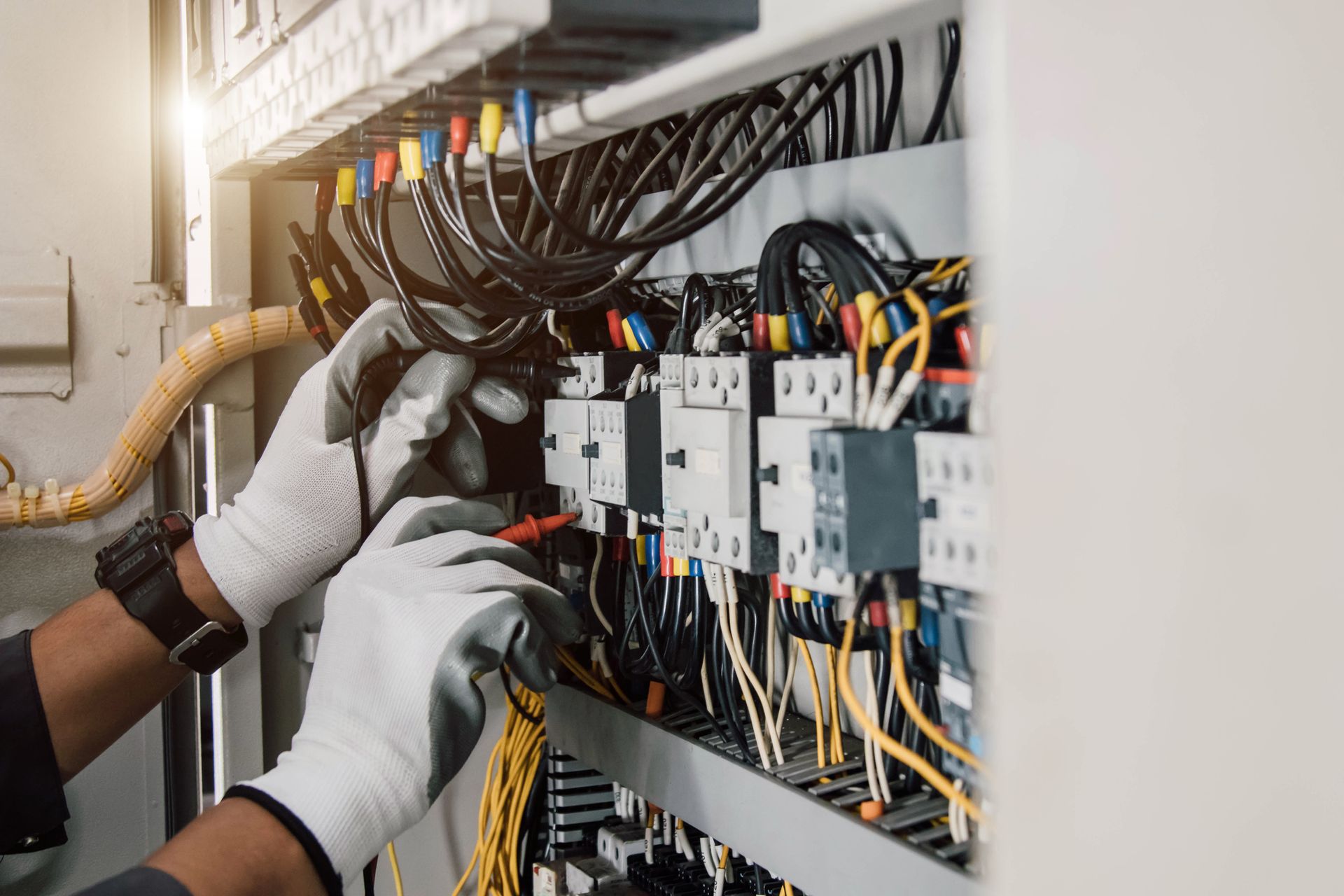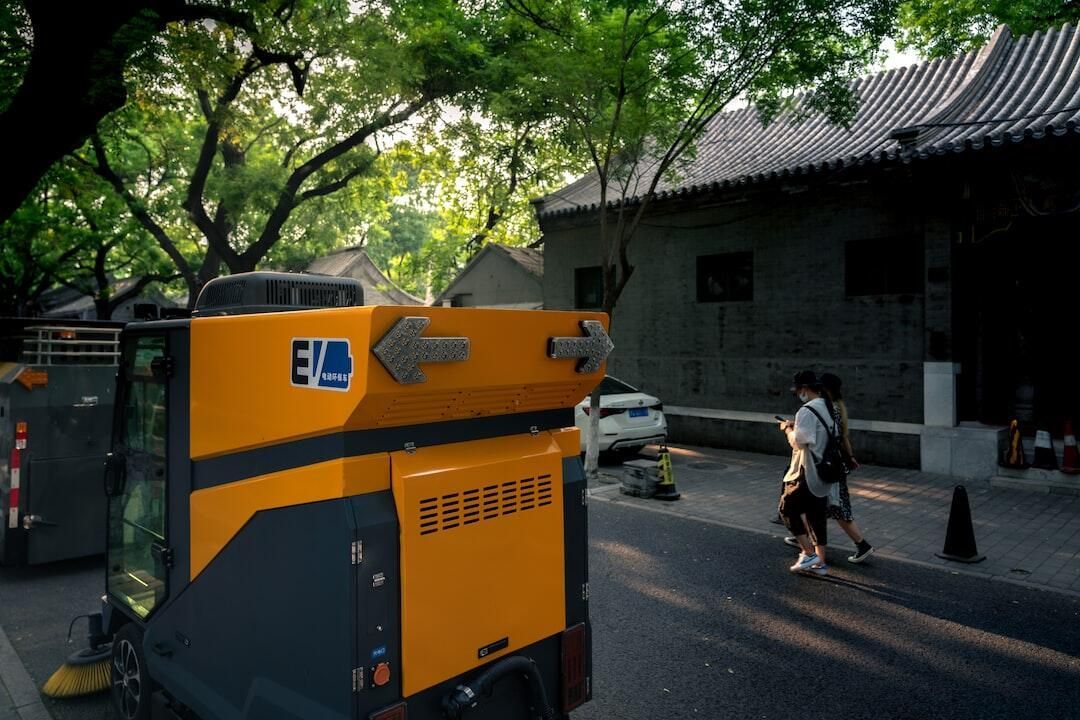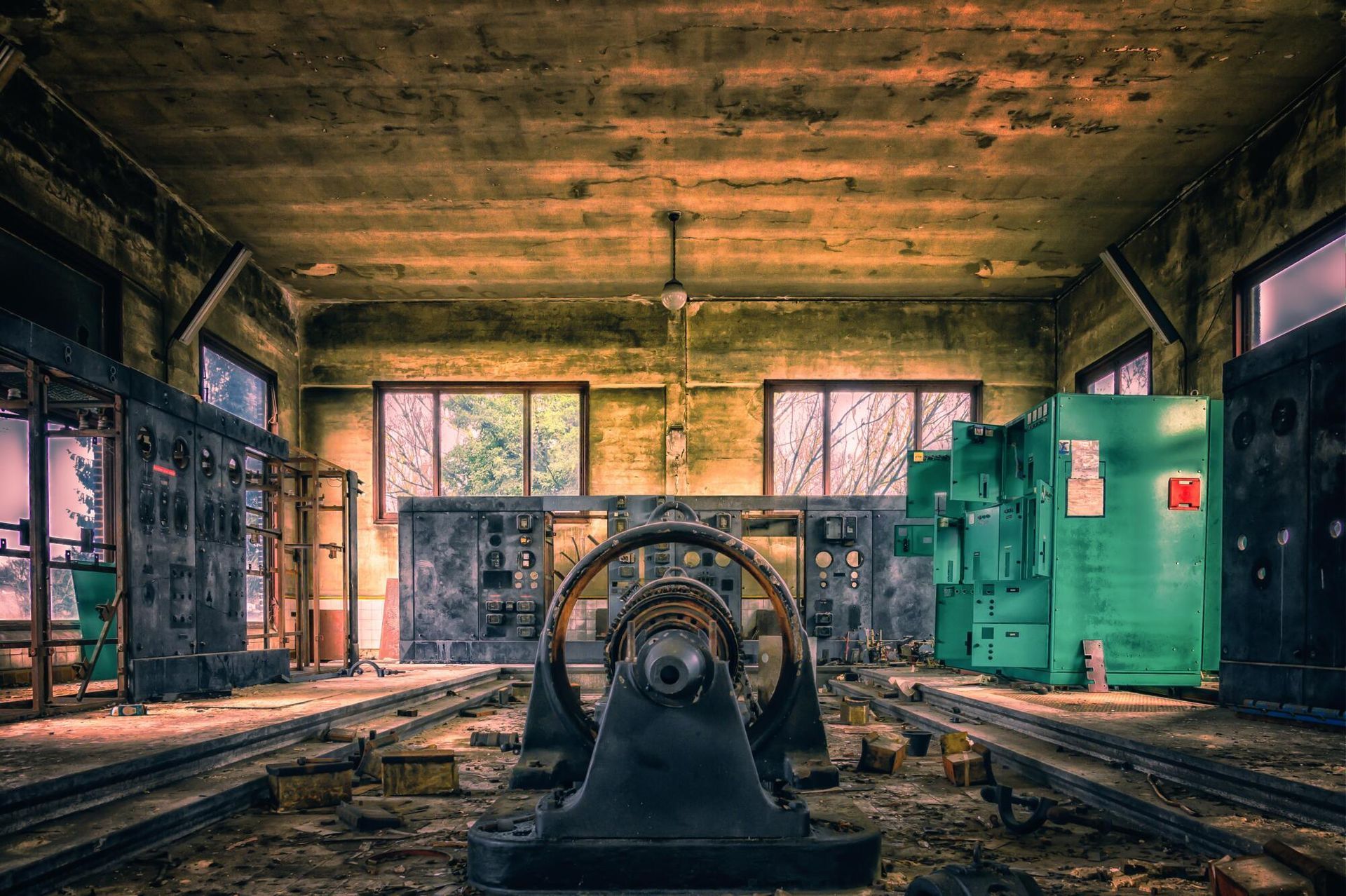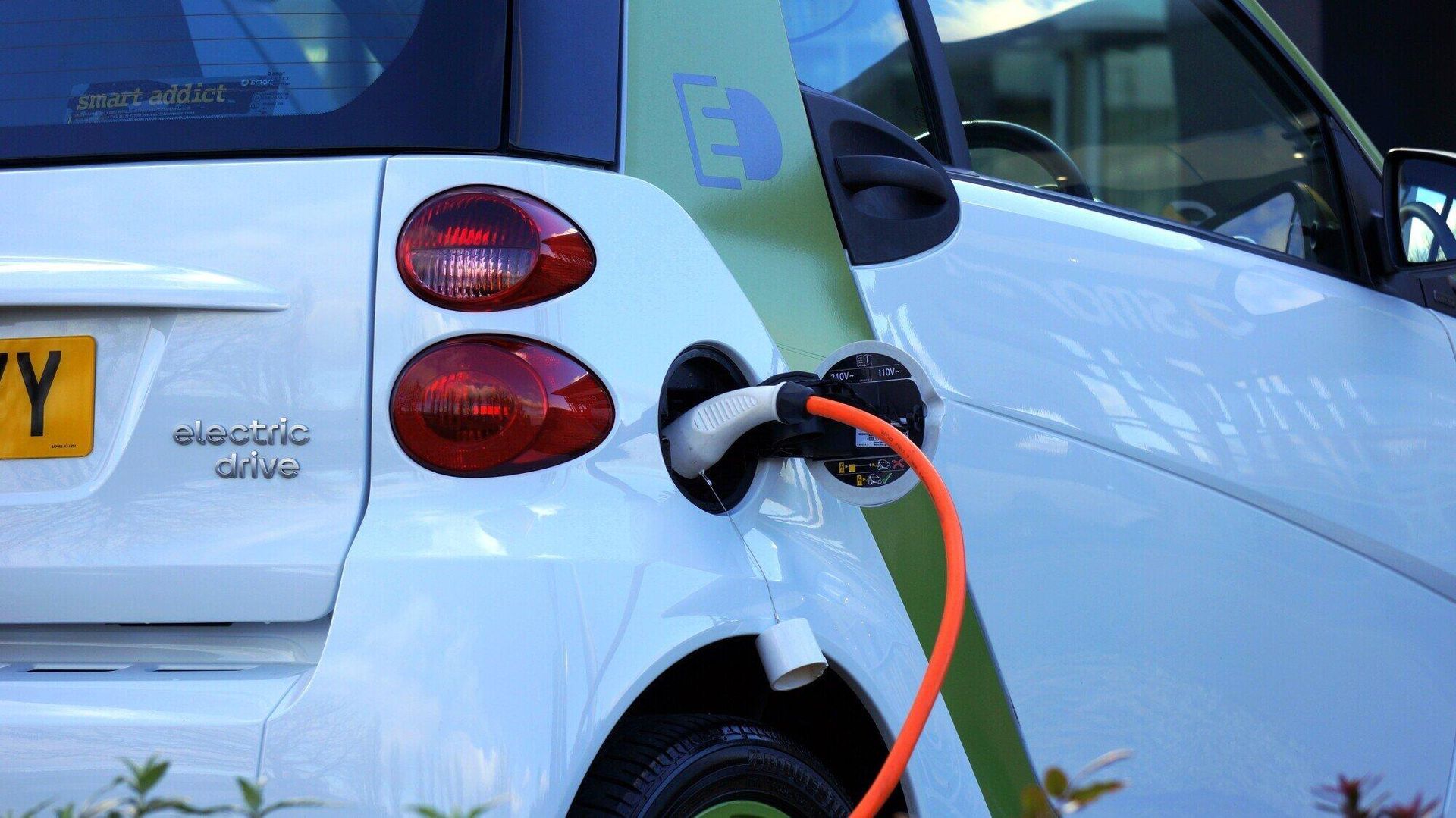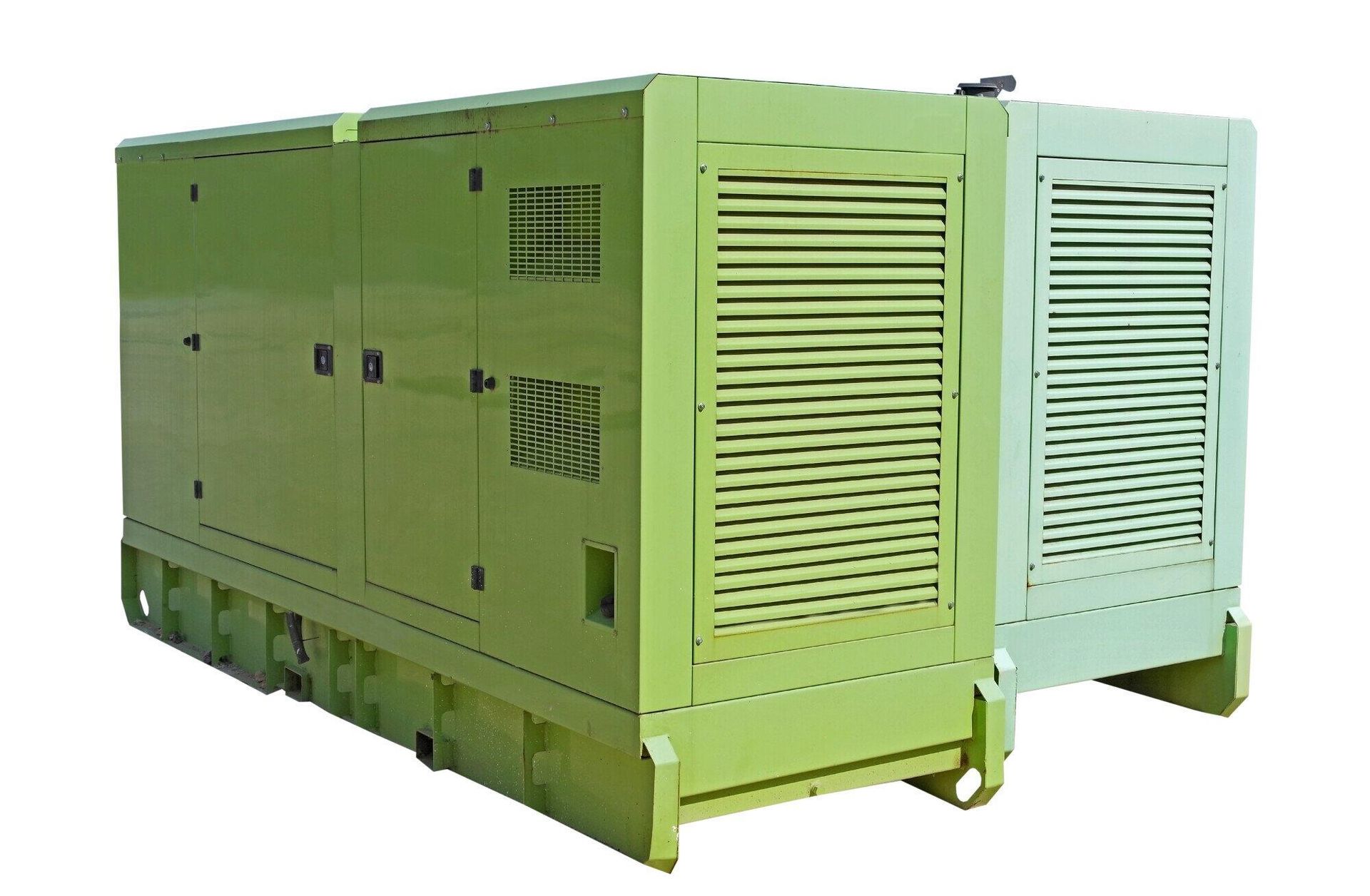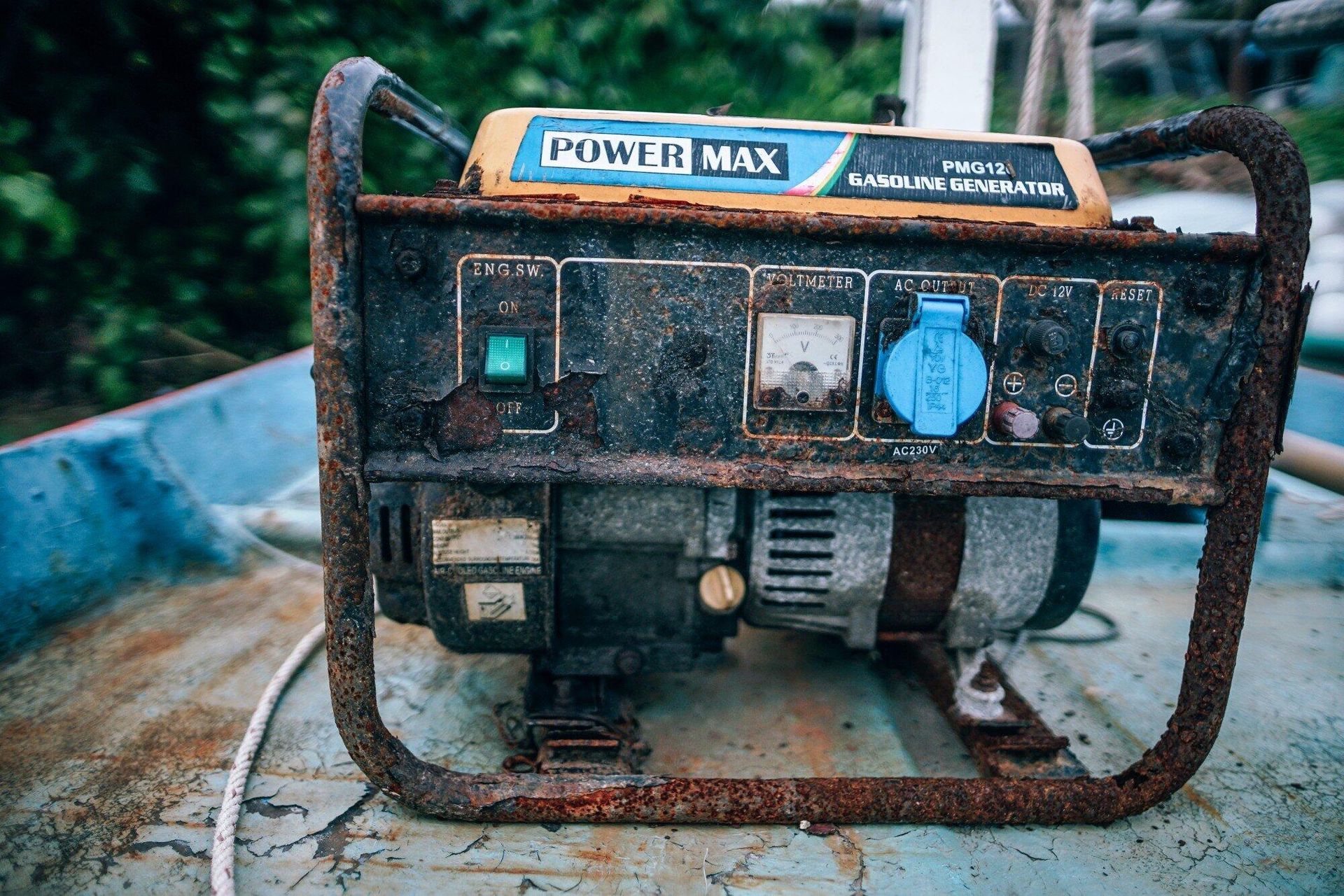Homeowner's Guide to Generator Installation for Home Use
What would you do without power? A standby generator can get you back on your feet. Get the guide to generator installation for home use here.
High winds at the beginning of May left more than 70,000 area homes without power. If yours was one of them, you might have decided to be prepared the next time a storm topples trees into power lines and leaves you in the dark.
The harsh weather in our area makes a backup power source a smart idea. Here in Northern Virginia, generators are becoming a more common sight next to a home. Understanding what’s involved in a generator installation for home use helps with choosing an installer and ensuring the process is done correctly.
Let’s take a look at how a generator is installed and the various steps in the process.
Choosing What Generator to Install
The first step to getting an emergency power source installed is deciding just what generator to install.
Size is your first consideration as you want to ensure you have enough power to run everything you need to during a blackout. You could focus on critical items like the AC and refrigerator or go bigger to power lights and other appliances.
You also need to choose a fuel source. If you use natural gas to heat or cook, it’s an easy choice to also use it to power your generator. Otherwise, you can choose to run it on diesel fuel or propane, which will need regular checks to make sure there’s fuel to run the electric generator when needed.
Generators in Northern VA need regular maintenance to keep them running well. Installing a brand like Generac makes this easy for you since you have a local mechanic to call on for service.
Generator Installation Process
If you’re pretty handy, you might think installing a generator yourself is a good way to save on the cost. But with so much riding on it in an emergency, having the job done right and safely is critical.
Your generator installation should be done by an installer with all the special tools and knowledge needed to do the job. They should follow all local, state, and federal codes, including electrical and plumbing. Having a team that is factory-trained and certified ensures your installation qualifies for any warranty work needed in the future.
Permitting and Permission
The first step involves getting all the necessary permits to put in your generator. These might be specific to generator installation or involve having the electric and gas lines inspected after install. Different local regulations can apply so you need to make sure all of those are covered.
Your installer should be familiar with what permits you need and can pull them for you, if necessary. This saves you time and ensures every permit is obtained.
If you have a homeowner’s association, you might also need to double-check with them as to whether there are guidelines for installing a generator. You might need approval from the HOA before installing.
Location Choice and Site Preparation
Several factors go into choosing the best place to locate the generator, starting with the specific clearances needed around the unit. These impact how easily your generator mechanic in Springfield, VA, can service the unit as well as safety by keeping the threat of carbon monoxide away from windows.
An ideal location will be close to your natural gas line and electric meter and be an area that doesn’t flood. Local ordinances and even your HOA restrictions might also play a role in locating your generator.
The site needs to be prepped with a flat, solid base made of concrete or gravel. Proper installation of the base impacts performance and functionality.
Install the Unit
Putting in a whole-house generator requires a lot of muscle. They can weigh half a ton, so getting it to and on your property requires a semi-truck and special moving equipment. Once at your home, it will be placed on top of the flat base prepared for it.
Once the generator is in place, it’s time to connect it to your home. This involves connecting the fuel lines and hooking the generator up to the main house electrical. This part becomes easier and less expensive if you were able to locate the unit near the gas line and electric meter.
A transfer switch is installed near the main breaker as well. Its job is to tell where the power is coming from and when to switch you over to the generator. The entire process incorporates the generator into your existing electrical setup as a secondary power source.
Outage Testing
The final stage involves testing the installation. This starts by checking all the wiring to ensure the electrical has been connected correctly.
Next comes an outage simulation on-site. This ensures the transfer switch works properly and you can count on the generator to run as it should.
Modern generators like those from Generac run weekly self-checks to diagnose any problems and ensure everything continues to run as it should. This removes any worries about your generator being ready to go the next time a big storm comes through and knocks out power to your area.
Need a Generator Installation for Home Use?
Generator installation for home use serves as a good line of defense the next time rough weather moves through Northern Virginia. Now that you know what’s involved in the Generac generator installation process, you’ll be better able to suggest locations and ask questions of your installer.
If you’re looking to do a home generator installation in northern VA,
contact us for a free in-home assessment. We’re your
Generac dealer in Springfield, VA, and can help you get your standby generator installed.
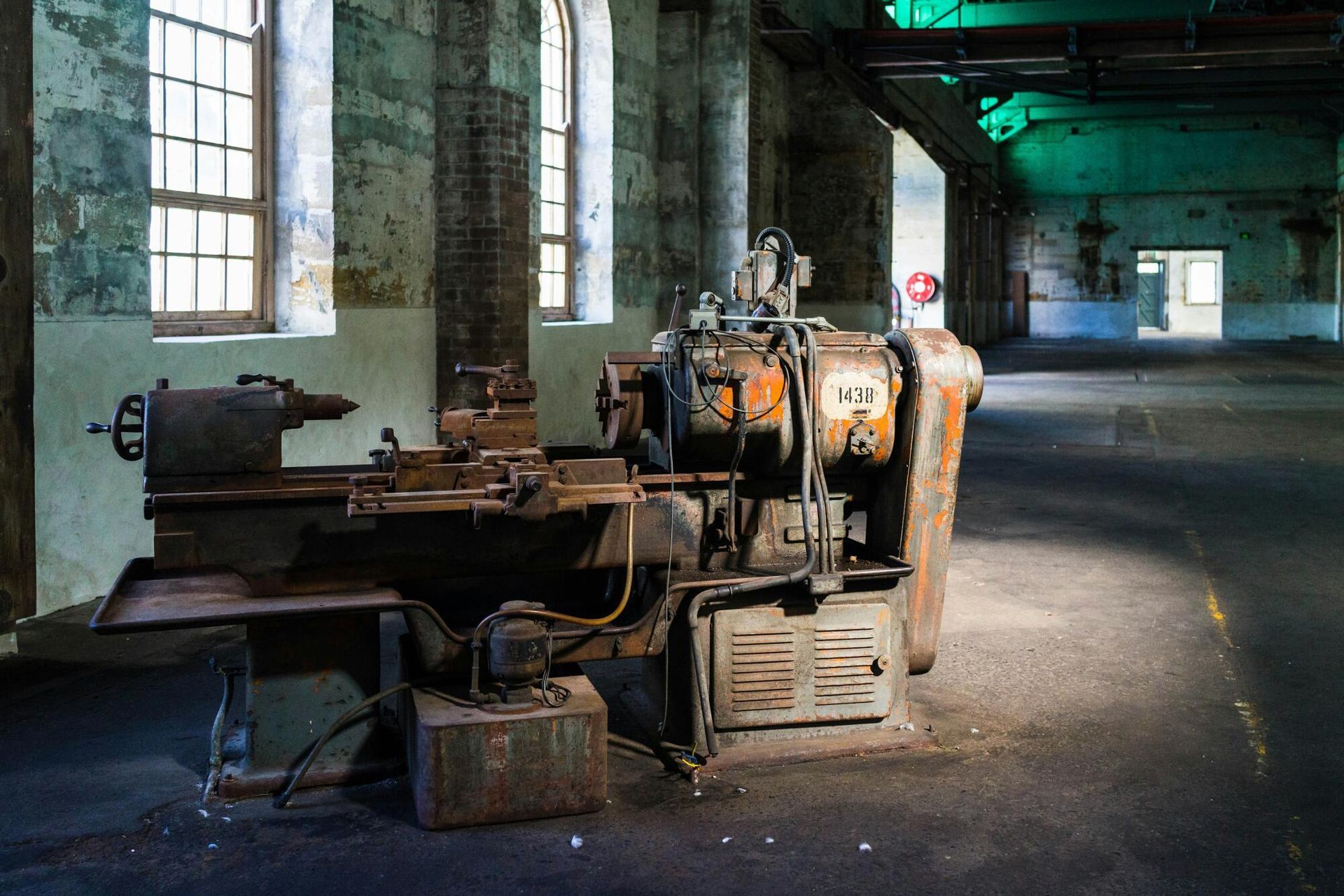

Vance Cowper, the owner of the company, has built a reputation for excellence in the field of generator sales, installation, and service, with a specialization in portable, residential, and commercial systems.
With over 25 years of experience in electrical construction and maintenance, including 13 years focused on facility maintenance, Vance and his team are committed to providing expertly installed generator systems, including whole house generators. These systems ensure the safety and security of families during power outages, offering peace of mind with affordable home standby generators that protect against utility power loss.
Vance is a Virginia-licensed master electrician and electrical contractor. He has also received extensive training from Generac® on commercial generators. In addition, he is a certified infrared thermographer, further enhancing his technical expertise.
His team consists of manufacturer-certified technicians who are trained to handle both residential and commercial installations. Each installation adheres to code-compliant design standards and uses high-quality copper wiring. Additionally, all generator systems are backed by the manufacturer’s warranties and include a multi-point inspection to ensure long-term performance.


